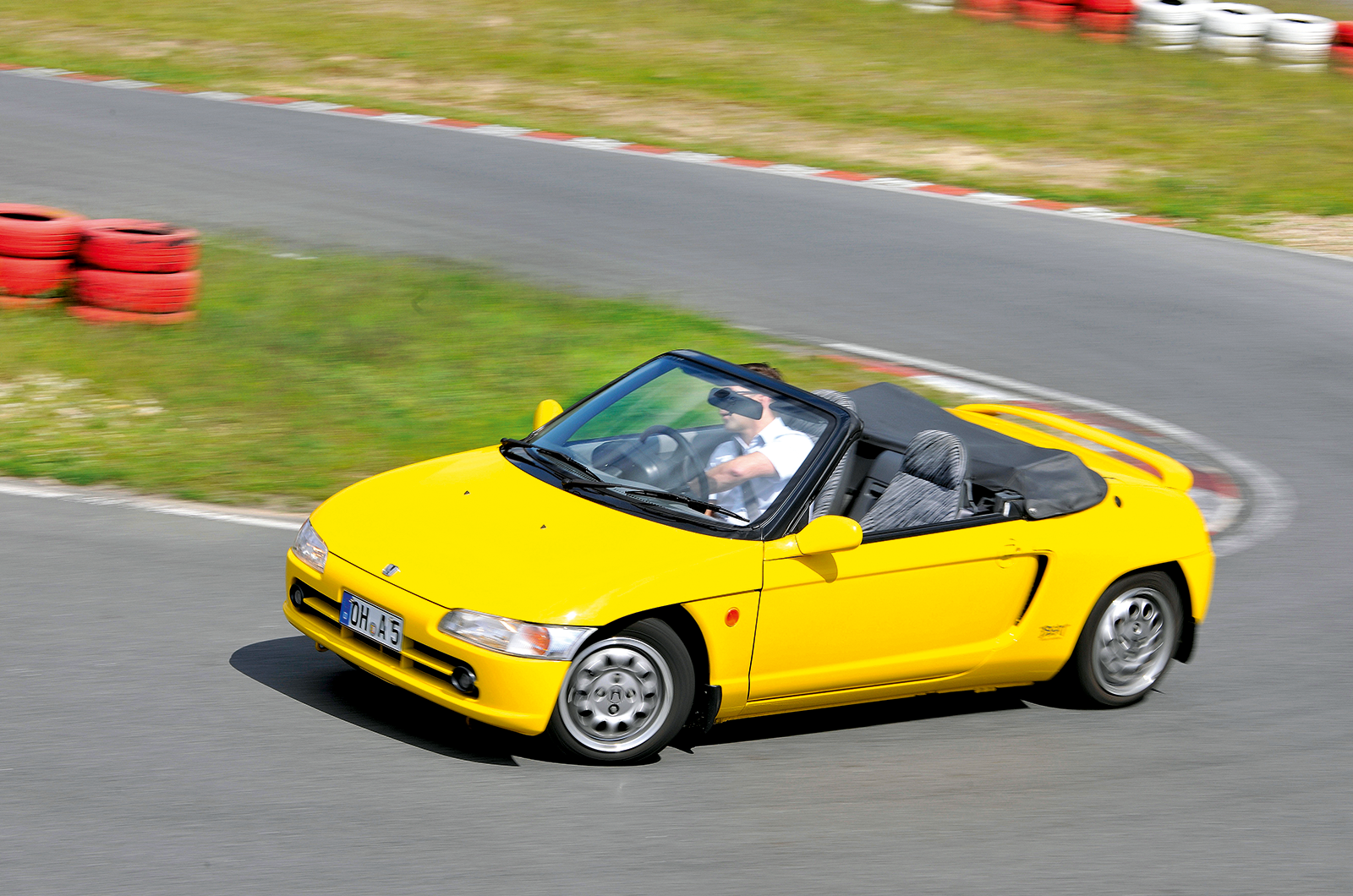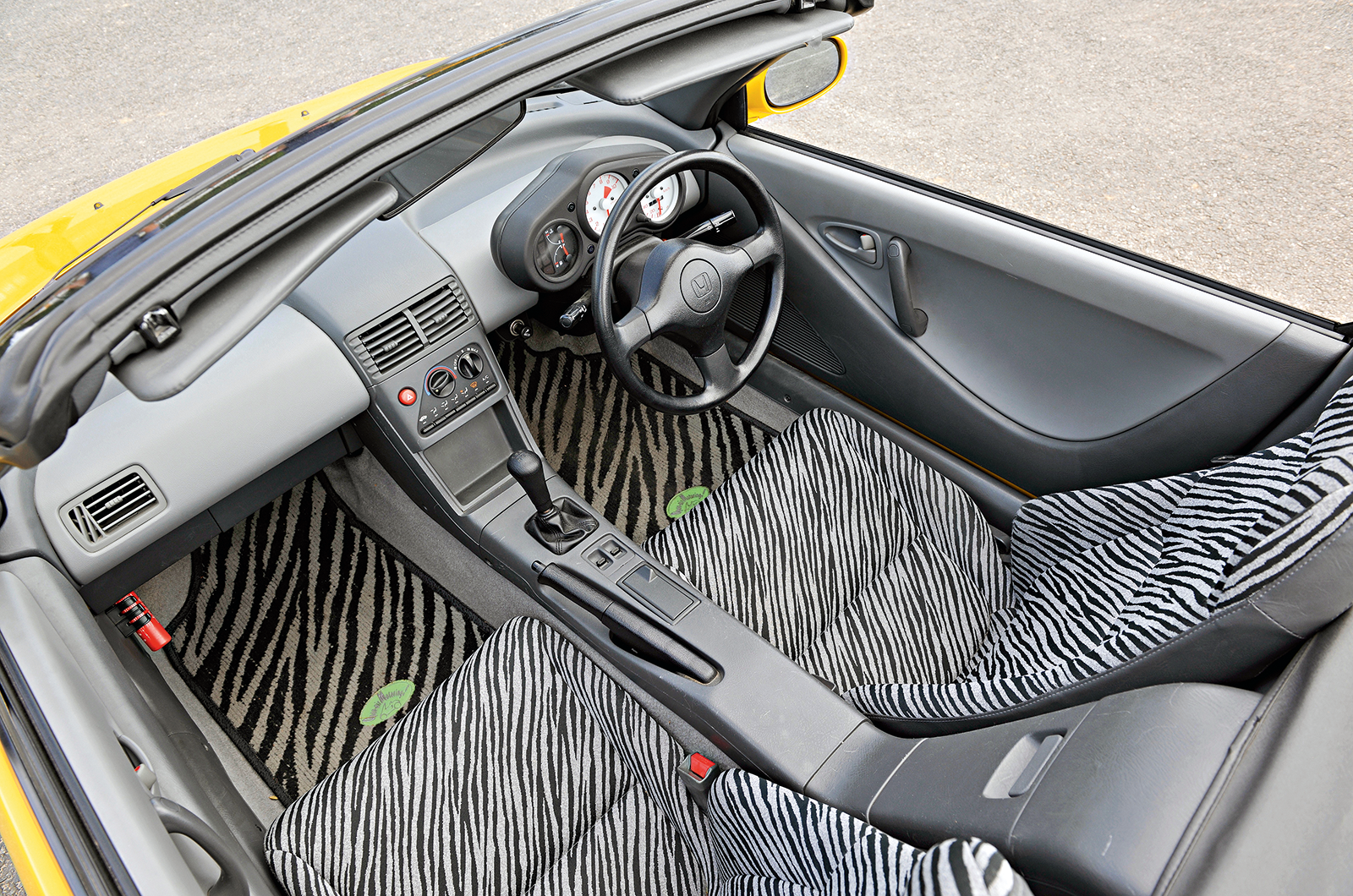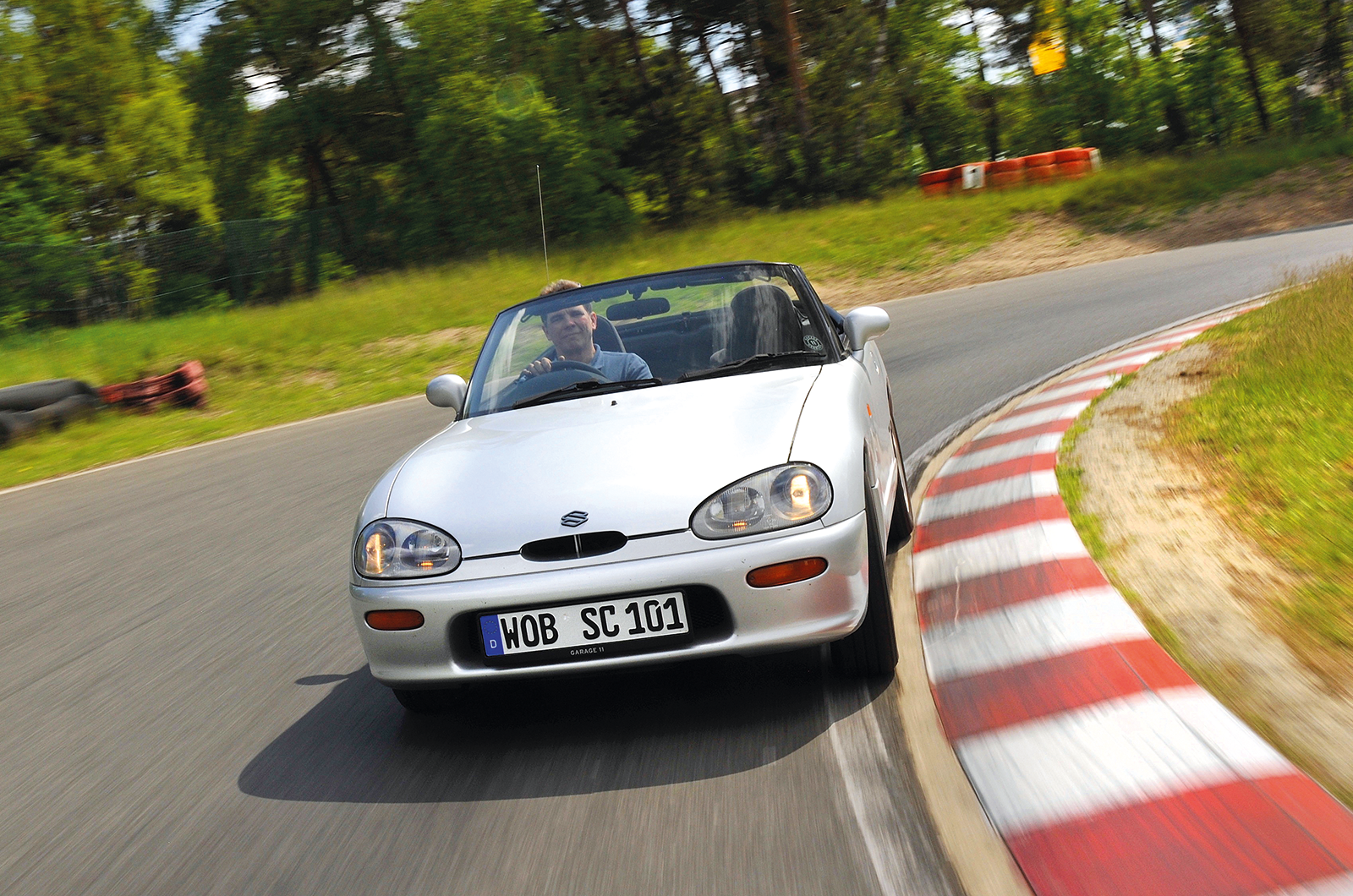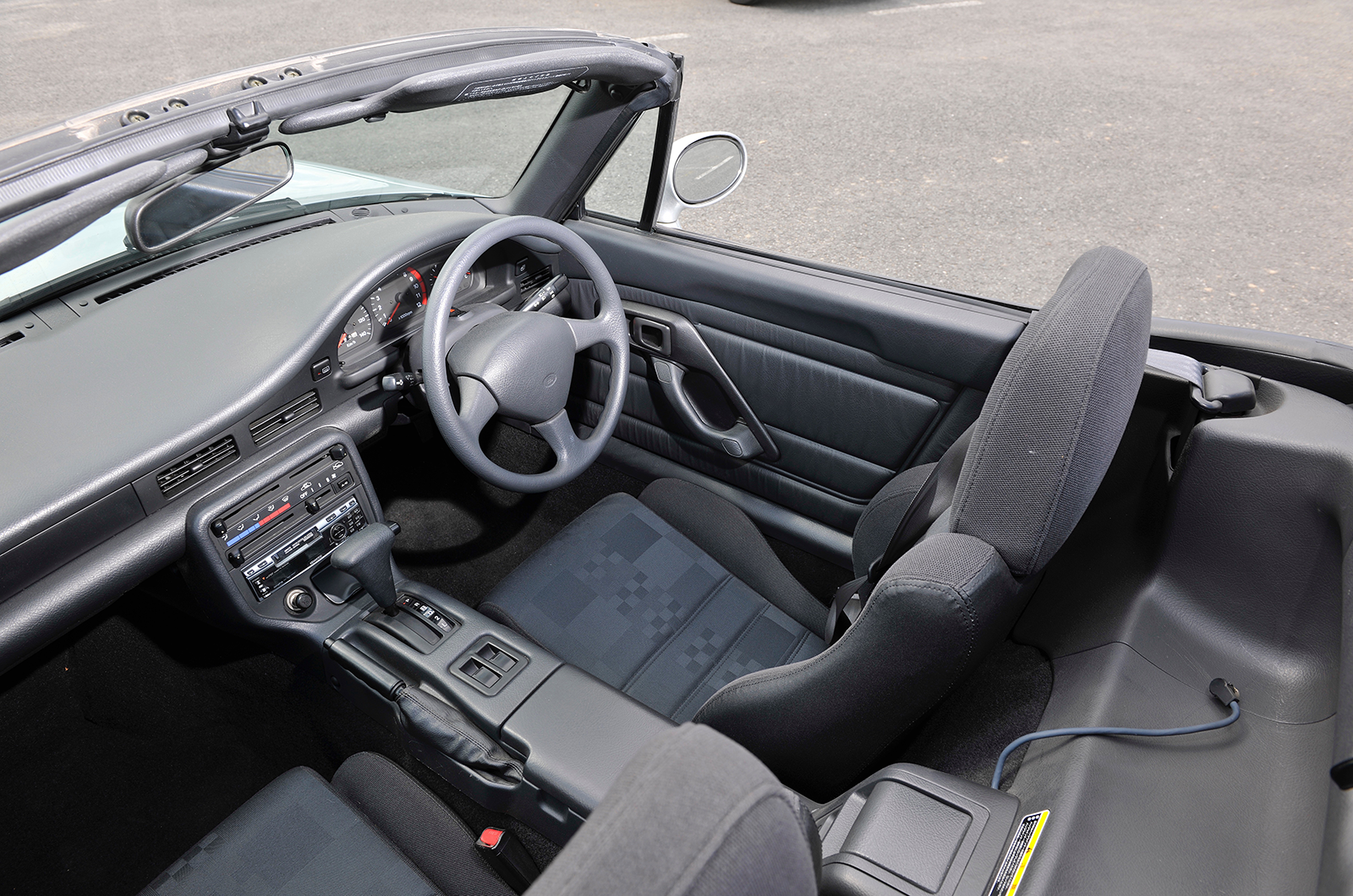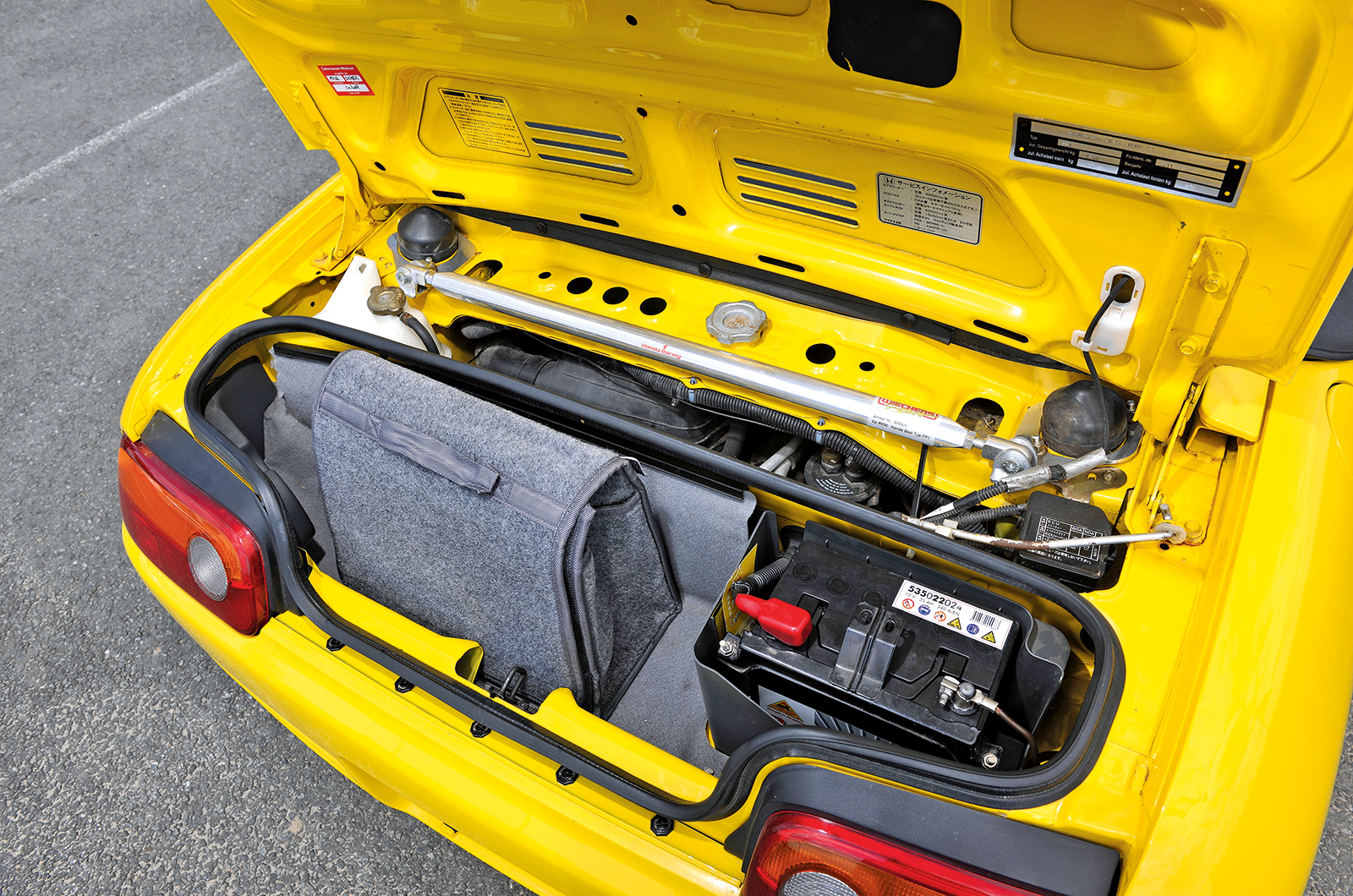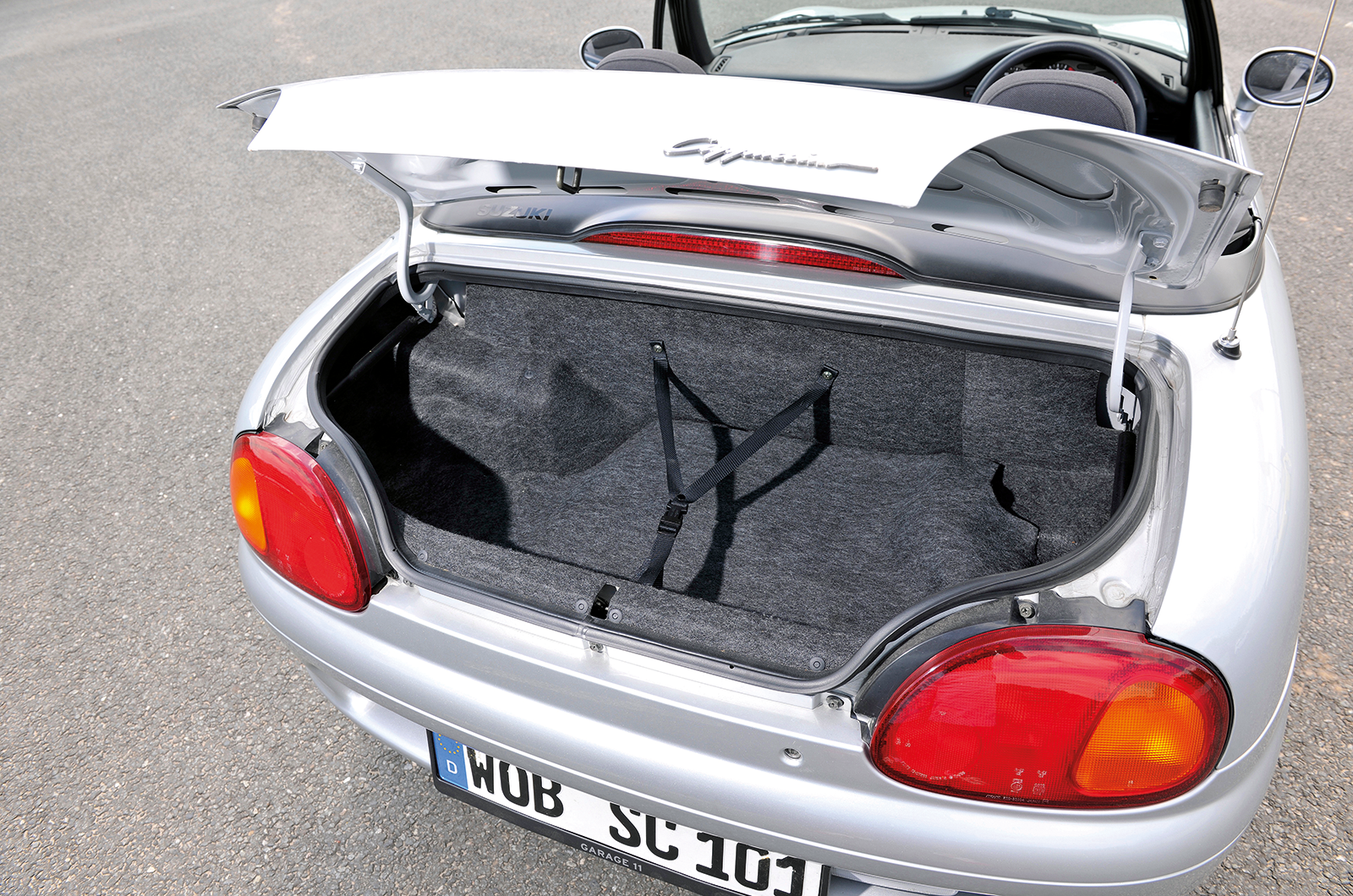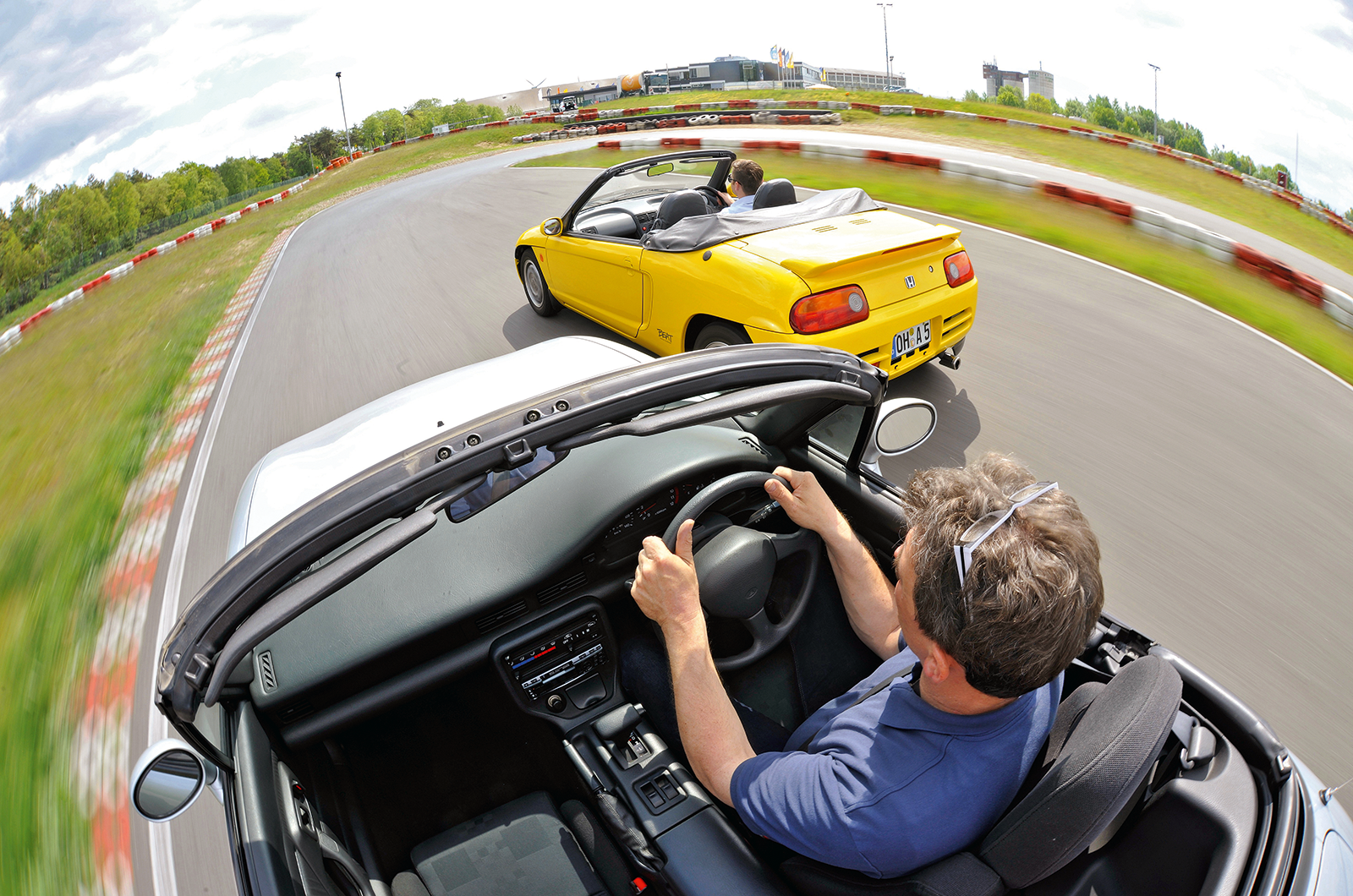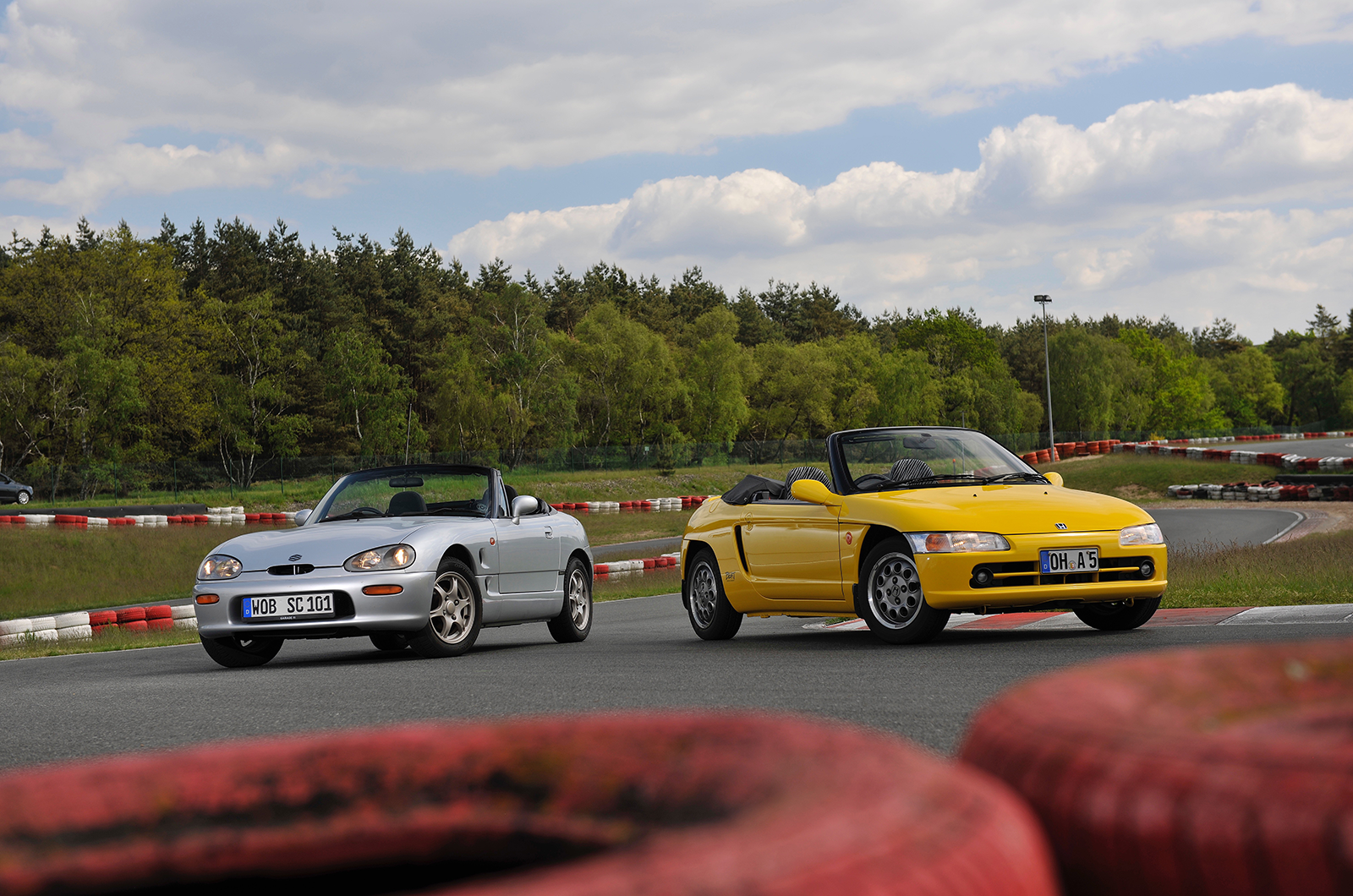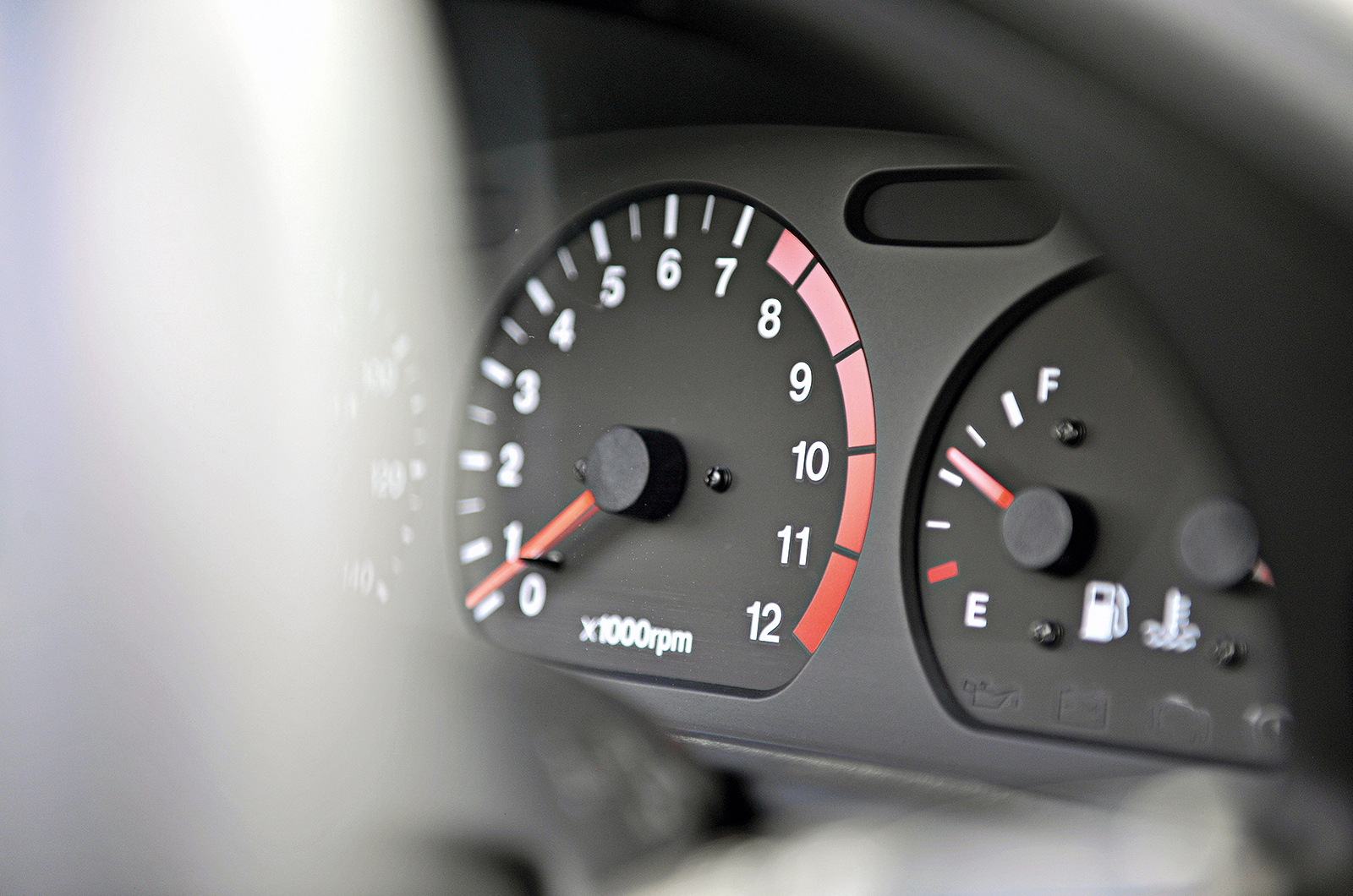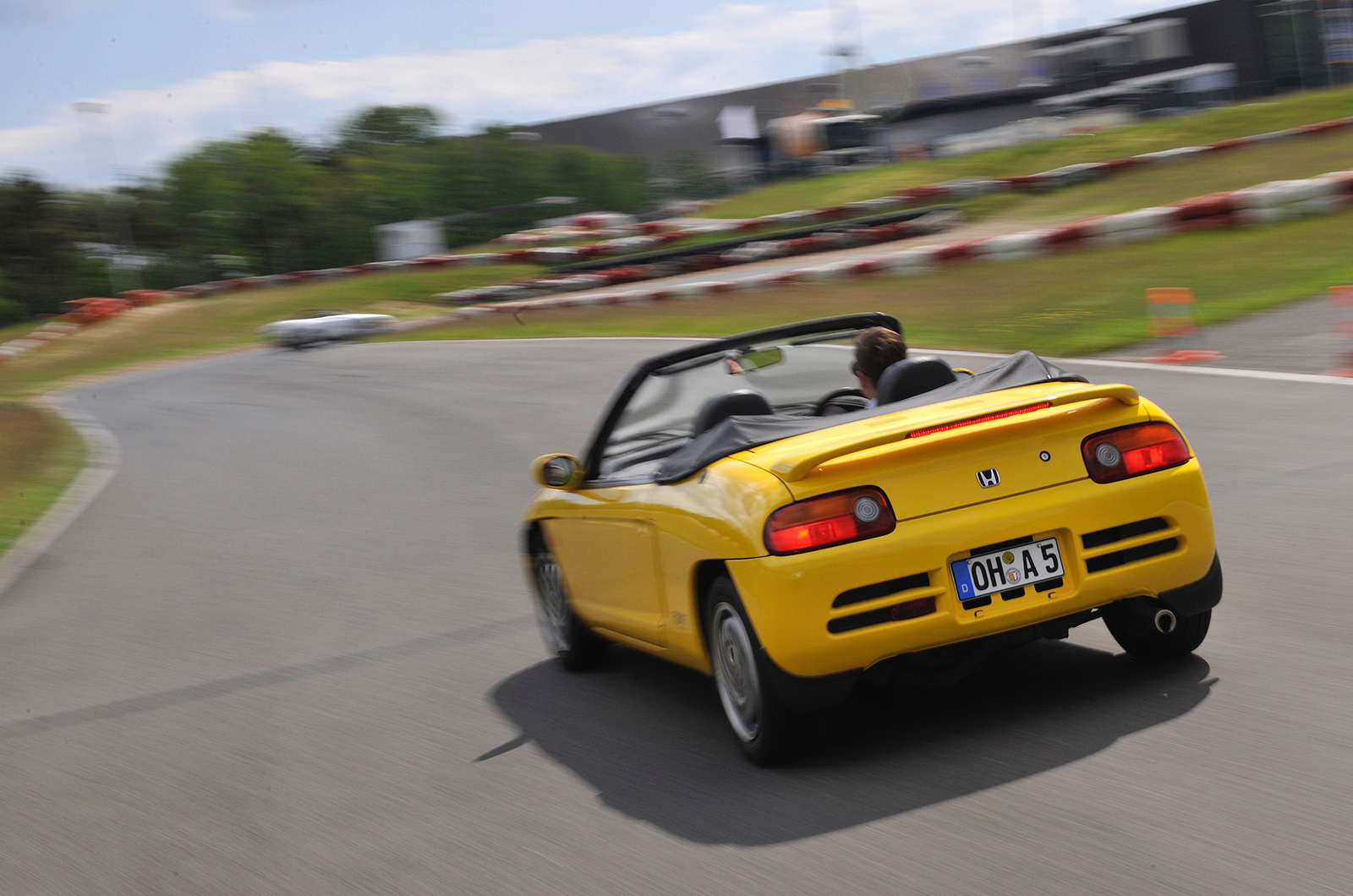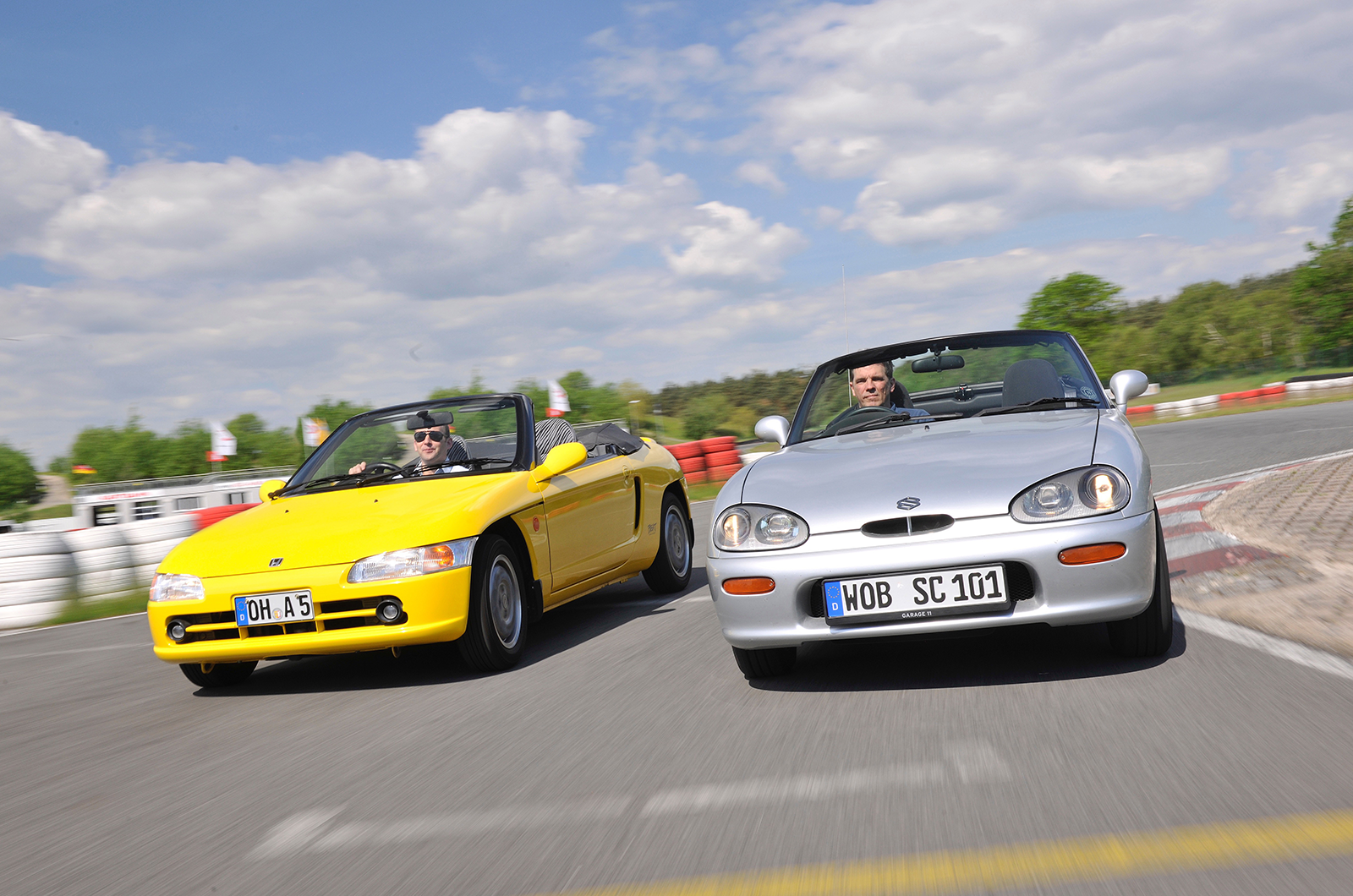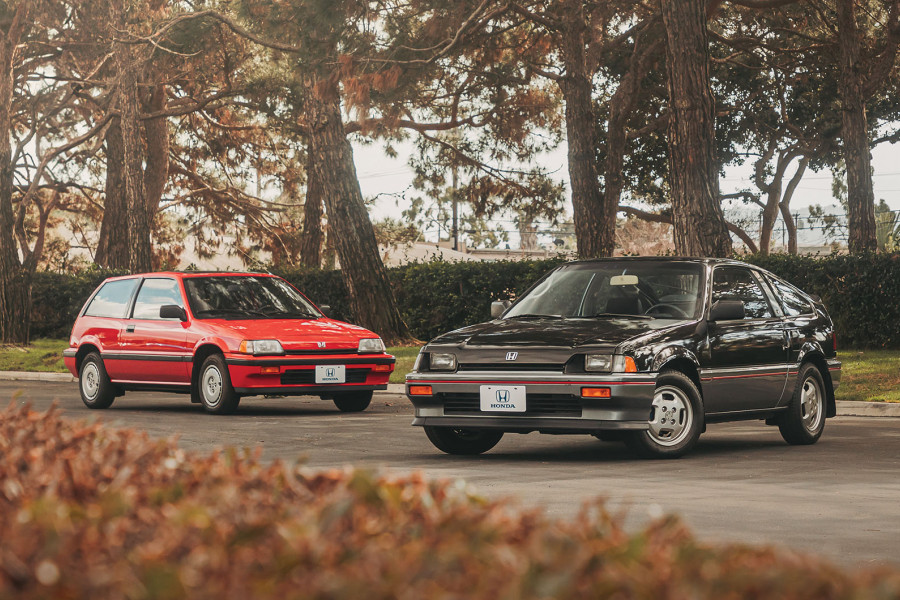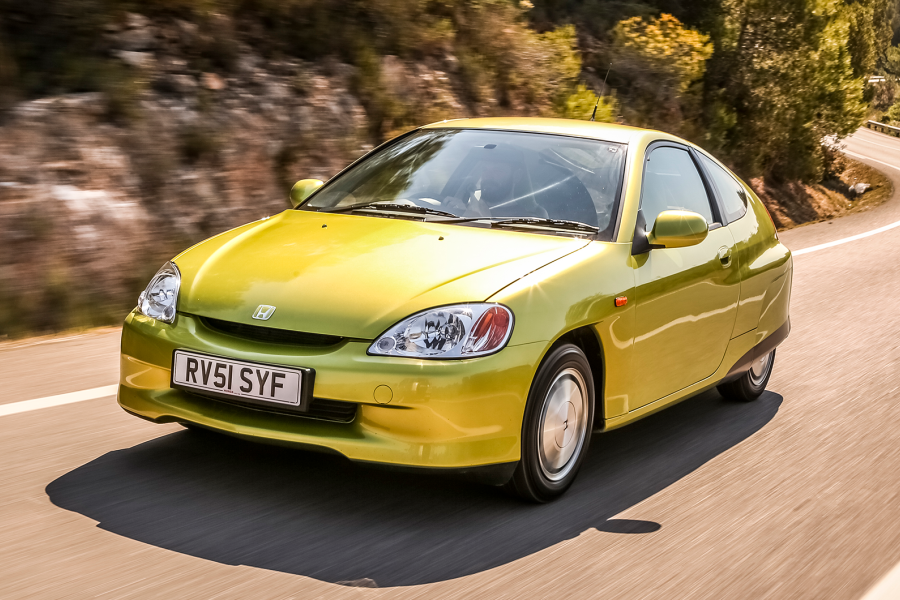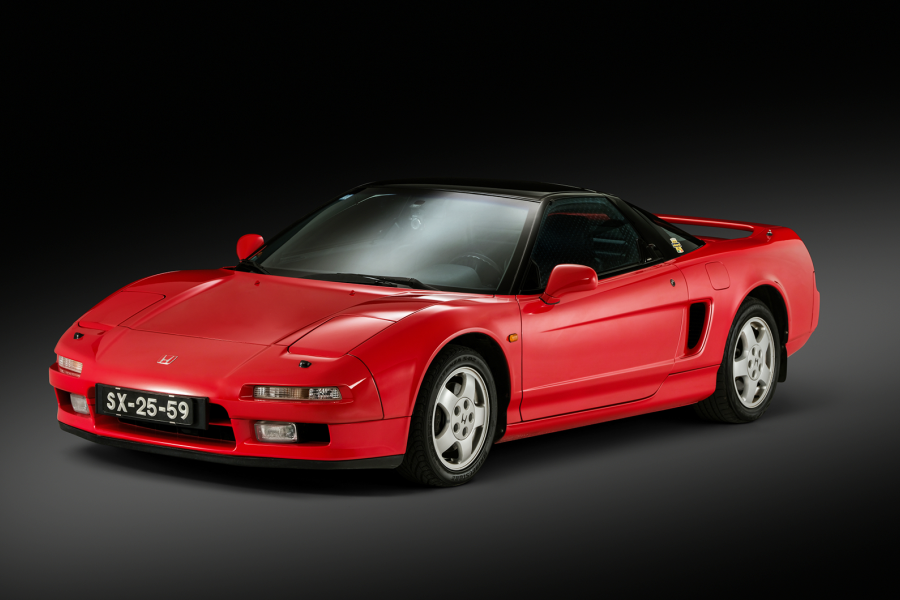Today, you’re as likely to find a ‘grey’ import as an original UK car – and for the Beat it’s grey all the way, the roadster never having been offered here new.
Nevertheless, there’s always a smattering of them in the classifieds, and they offer superb value for such a rare and fascinating sports car, with prices for well-used examples dipping below £5000.
If you do unearth a Beat, be prepared to search around for parts. Panels are available direct from Japan at reasonable prices, but you’ll have to pay shipping and import duties on top.
Usefully, Honda recently announced that it would be reproducing hard-to-find bits such as tail-lights.
The situation is little better for the Cappuccino, though there is some dealer support and there are more used components available thanks to cars being broken over the years – and, once again, prices from Japan are sensible.
The Honda Beat weighs just 1675lb – that’s 760kg
Ultimately, however, these are only really important considerations for drivers of up to 1.71m high – anyone taller simply won’t fit comfortably under their roofs.
Neither of these Lilliputian sports cars would make much sense as everyday cars outside of their homeland, where space remains at such a premium, but both are brilliant fun when the streets turn narrow and winding.
In the final reckoning, though, the pointy Honda twists the screw one turn further in every respect than the Suzuki.
Images: Christian Bittmann
Factfiles
Suzuki Cappuccino
- Sold/number built 1991-’98/28,010
- Construction steel monocoque with aluminium bonnet, boot and roof
- Engine all-alloy, dohc, 12v 657cc triple, with turbocharger and electronic fuel injection
- Max power 63bhp @ 6500rpm
- Max torque 63lb ft @ 4000rpm
- Transmission five-speed manual or four-speed auto, RWD
- Suspension independent, at front by double wishbones rear multi-link, lower wishbones; coil springs, telescopic dampers f/r
- Steering rack and pinion
- Brakes discs
- Length 12ft 9¾in (3295mm)
- Width 4ft 7in (1395mm)
- Height 3ft 10¾in (1185mm)
- Wheelbase 6ft 9in (2060mm)
- Weight 1599lb (725kg)
- 0-60mph 11.3 secs
- Top speed 85mph
- Mpg 41
- Price new £11,995
- Price now £4-10,000*
Honda Beat
- Sold/number built 1991-’96/c33,600
- Construction steel monocoque with box-section tunnel and side beams
- Engine all-alloy, sohc, 12v 656cc triple, MTREC electronic fuel injection
- Max power 63bhp @ 8100rpm
- Max torque 44lb ft @ 7000rpm
- Transmission five-speed manual, RWD
- Suspension independent, at front by MacPherson struts rear struts, trailing links, twin lateral links, coil springs, telescopic dampers
- Steering rack and pinion
- Brakes discs
- Length 12ft 9¾in (3295mm)
- Width 4ft 7in (1395mm)
- Height 3ft 10¼in (1175mm)
- Wheelbase 7ft 5¾in (2280mm)
- Weight 1675lb (760kg)
- 0-60mph 12.1 secs
- Top speed 85mph
- Mpg 39
- Price new not available in UK
- Price now £4-8000*
*Prices correct at date of original publication
READ MORE
Feisty four-pots: Peugeot 306 Rallye vs Honda Integra Type R vs Ford Racing Puma
Mazda R360 Coupé: kei is for quirky
Quiet revolutionary: Mazda R130 Luce


